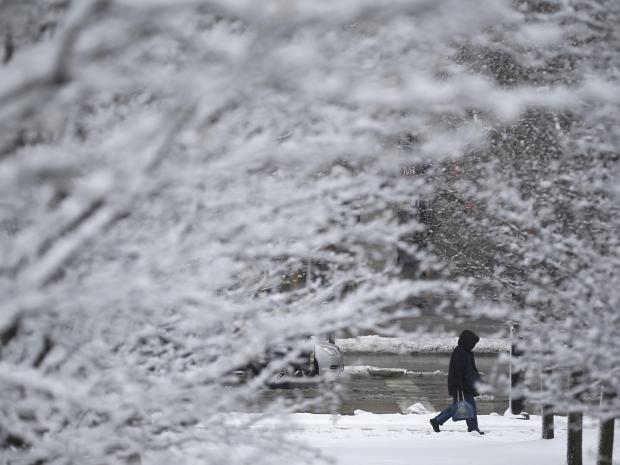The number of frost-free days in the northern United States has increased by more than 13 days in the past 100 years, according to new research.
The other main areas of the mainland US also saw significant increases in the number of days without frost, essentially the growing season – 10.7 days in the west, 8.6 in a central region and 7.7 days in the south.
Global warming was one of the reasons for the trend, but the researchers also found changes to local cloud cover and atmospheric circulation patterns played a part.
Writing in the journal, Nature Communications, experts from the US Geological Survey and Utah University said: “It is often stated, quite logically, that global warming lengthens the frost-free or growing season.
“The results presented here confirm that the timings of spring and fall frost in four objectively identified regions are significantly correlated with … temperature indices conventionally used to represent greenhouse gas-driven warming, with the Central region during fall (autumn) being the one exception.”
The researchers divided the 48 contiguous US states into the four areas based on the dates for the first and last frosts of the year.
The last spring frost took place in the southeastern US on about the 90th day of the year, compared to the 140th in the northern states. There was a similar 50-day gap between the onset of frost in the north, on about the 260th day, and the 310th day in the southeast.




